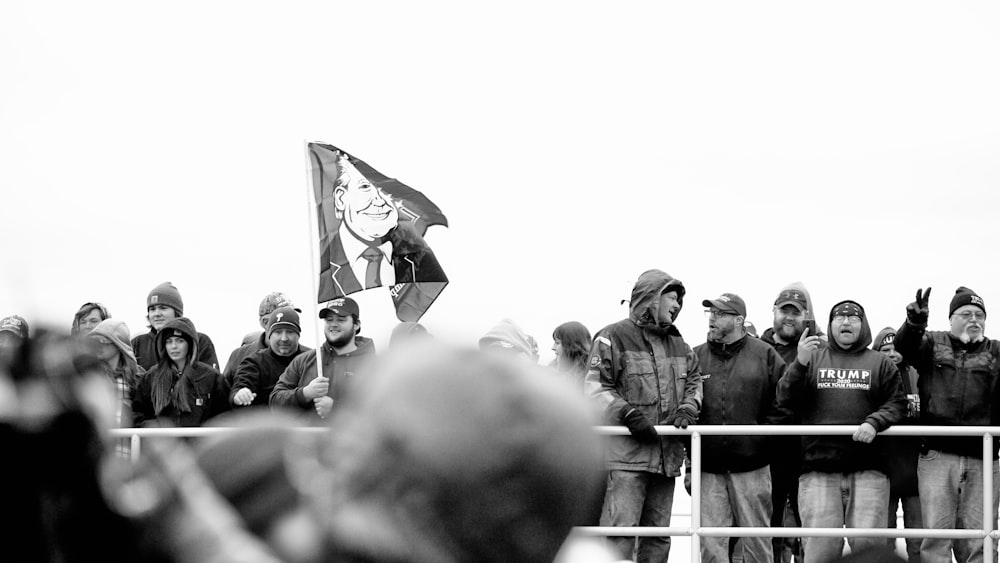Education and Human Capital Development in America
The Evolution of Capitalism in America
Introduction:
The economic landscape of the United States is a tapestry woven with threads of capitalism, innovation, and resilience. From its humble beginnings as a collection of colonies to its current status as a global economic powerhouse, the journey of American capitalism has been marked by triumphs, challenges, and adaptations.
Market Forces: Driving the US Economy
At the heart of the American economic system lies the principle of market forces. Supply and demand, competition, and the invisible hand of the market guide the allocation of resources, the setting of prices, and the distribution of goods and services. This dynamic interplay fosters innovation, efficiency, and growth, driving the engine of the US economy forward.
Understanding US Economic Policies
Central to the functioning of the US economy are the policies crafted by policymakers and institutions. Fiscal policy, dictated by government spending and taxation, influences aggregate demand and economic activity. Monetary policy, controlled by the Federal Reserve, manages interest rates and money supply to achieve stable prices and maximum employment. Together, these policies shape the economic landscape, balancing growth with stability.
Inequality in the American Economy
Despite its prosperity, the American economy grapples with persistent inequality. Disparities in income, wealth, and opportunity are stark, reflecting systemic factors such as education, race, and access to resources. Addressing these inequities remains a formidable challenge, requiring concerted efforts from policymakers, businesses, and civil society to promote inclusivity and social mobility.
Fiscal Policy and Economic Growth in the USA
The role of fiscal policy in driving economic growth cannot be overstated. Through targeted investments in infrastructure, education, and research, governments can stimulate productivity and innovation, laying the groundwork for sustained prosperity. However, fiscal discipline is also crucial to avoid excessive debt burdens that could undermine long-term economic stability.
The Role of Government in US Markets
While the US economy prides itself on free markets and limited government intervention, the reality is more nuanced. Government plays a vital role in safeguarding competition, protecting consumers, and ensuring the integrity of financial markets. Regulation, when carefully crafted, can foster trust and confidence, mitigating risks and promoting long-term sustainability.
Trade Dynamics: US Economic Globalization
Globalization has profoundly shaped the trajectory of the American economy. Trade agreements, technological advancements, and capital flows have interconnected markets and economies, opening up new opportunities while exposing vulnerabilities. The United States, as a major player in the global marketplace, must navigate these dynamics with foresight and adaptability to remain competitive.
Employment Trends in the United States
The labor market is a barometer of economic health and social well-being. Employment trends, characterized by shifts in industry composition, wage dynamics, and labor force participation, reflect broader economic forces such as automation, globalization, and demographic changes. Fostering job creation, skills development, and workplace flexibility is essential to ensure inclusive growth and shared prosperity.
Consumer Behavior in the US Economy
Consumption patterns drive economic activity, shaping demand for goods and services across sectors. Consumer confidence, influenced by factors like income, employment, and inflation, influences







